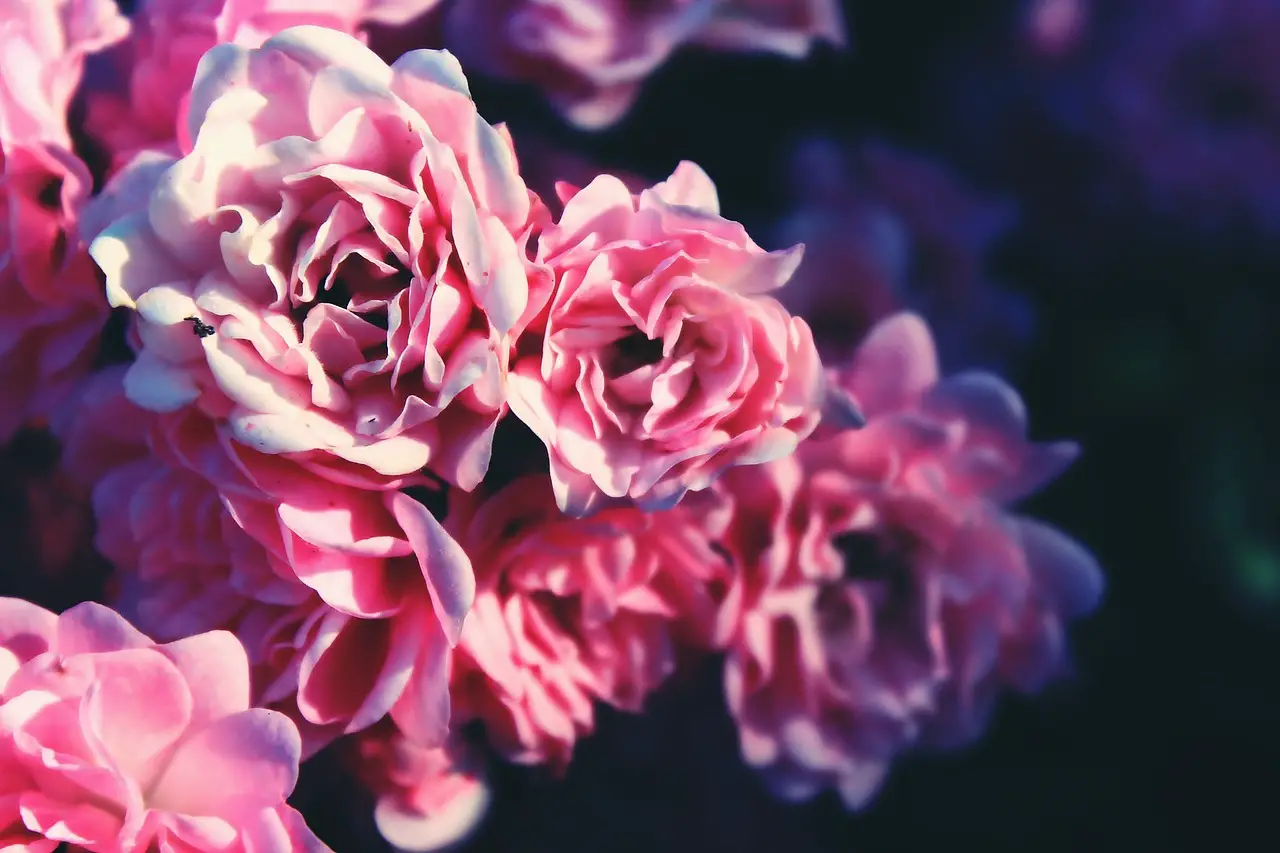Last Updated on April 5, 2024 by Real Men Sow
Olivia Rose Austin, one of David Austin’s newest varieties, was first introduced in 2014. Olivia roses were named after David Austin Junior’s daughter. This is a significant statement because he wouldn’t name a rose after his child unless he believed this rose was his best.
Olivia roses are usually beautiful pink and have good resistance to disease. This rose is suitable for large containers and most garden beds. David Austin calls Olivia Rose Austin an English Rose. It is not Hybrid Tea and it isn’t a Floribunda. Instead, it can be described as a shrub rose.
How Does Olivia Rose Look Like? How Does It Grow?
Most flowers are found in clusters, but sometimes they can be found on one stem. They flower well all year, however, individual flowers don’t last as long so this variety isn’t the best for a vase.
They are a delicate shade of pink flowers that can sometimes turn almost white when exposed to the sun for long periods. It is a vigorous variety in flower production. It continues to produce flowers from mid-June / early July to Oct, sometimes November in certain areas.
The flowers have a light scent, but the strength varies depending on where they are grown. The leaves are medium-green and semi-glossy. The rose bush is strong and upright and can reach a height of approximately 1m/3ft 3in. It also has a spread of about 90cm/3ft. You can grow it well in large containers. The flowers open in the same way as a Hybrid Tea Rose for a few days before fully opening.
Even in mildly windy or wet weather, this variety can disappoint. The flowers are too heavy and the stems droop under the weight. Sometimes, the stems fall to the ground when the flowers are too heavy.
Pests and Diseases To Watch Out For Olivia Roses
Olivia Rose Austin is a healthy rose that’s resistant to disease and can grow quickly. However, stay vigilant for black spots and potentially other fungi too which de discuss in under rose problems.
Pruning Olivia Roses
1st Year (after its first year of flowering)
Any dead or diseased stems should be removed and replaced with live wood. To reduce the chance of black spot or other diseases next year, remove all foliage. Cut stems back to about 10cm/4in.
Take a look at your shrub rose and trim any stems that are too long to the overall structure. This will give it a more even profile.
2nd Years +
Any dead or diseased stems should be removed. To reduce the chance of developing black spot or other diseases next year, remove all foliage. Reduce the shrub rose’s size by trimming half the length of each stem.
Take a look at your shrub rose and trim any stems that are too long to the overall structure. This will give it a more even profile.

